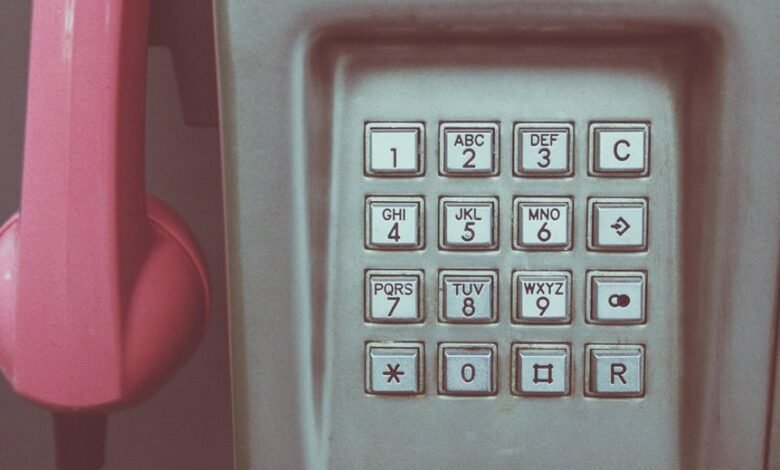Who Called You From 8339934376, 8339960468, 8382211532, 8382211534, 8382211536, and 8388000627? Find Out Everything About Any Phone Number

The emergence of calls from numbers like 8339934376, 8339960468, 8382211532, 8382211534, 8382211536, and 8388000627 raises questions about their origins. Such inquiries often reveal a mix of telemarketing, potential scams, and legitimate businesses. To navigate this landscape, employing caller ID services and reverse lookup databases proves crucial. Understanding the nature of these calls can safeguard personal information, yet the mystery of who is really behind these numbers remains.
Understanding the Origin of These Phone Numbers
Understanding the origin of phone numbers requires an examination of the telecommunications infrastructure and regulatory frameworks that govern their assignment.
Centralized systems facilitate phone number tracing, essential for identifying scammers. These frameworks allocate number ranges to specific carriers, ensuring traceability.
As individuals seek to reclaim their freedom from unwanted solicitations, a thorough comprehension of this system becomes vital for effective identification and response.
Common Reasons for Receiving Calls From Unknown Numbers
Unsolicited calls from unknown numbers can arise from a variety of sources, each with distinct motivations and implications.
Common reasons include evolving spam call trends targeting consumers through aggressive telemarketing tactics. These calls often aim to promote products, solicit donations, or gather personal information, exploiting the anonymity afforded by unfamiliar numbers.
Understanding these drivers is essential for individuals seeking to protect their privacy and autonomy.
Tools and Resources for Identifying Unfamiliar Callers
Identifying unfamiliar callers has become increasingly important in the digital age, where privacy concerns and spam calls are prevalent.
Tools such as caller ID services provide immediate insights into incoming calls, while reverse lookup databases enable users to trace the origin of unknown numbers.
Utilizing these resources empowers individuals, promoting informed decisions and enhancing personal security against unwanted communications and potential fraud.
Conclusion
In conclusion, identifying unknown callers, such as those from the numbers listed, is crucial for safeguarding personal information. An interesting statistic reveals that over 50% of U.S. adults have received a spam call in the past month, highlighting the prevalence of such unsolicited communications. By employing caller ID services and reverse lookup databases, individuals can gain insight into the nature of these calls, empowering them to make informed decisions about their interactions with unknown numbers.







